Compression Molding Machine: Comprehensive Overview
Compression molding is one of the oldest and most reliable manufacturing processes for producing high-quality plastic and composite parts. This method involves placing a pre-measured amount of material into a heated mold cavity, closing the mold, and applying pressure and heat until the material cures and takes the shape of the mold. Compression molding machines are the specialized equipment that makes this process possible, offering exceptional precision, repeatability, and efficiency for manufacturing operations across various industries.
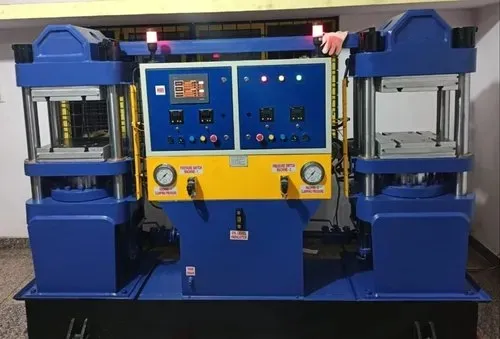 A modern compression molding machine showing the hydraulic system, mold plates, and control interface
A modern compression molding machine showing the hydraulic system, mold plates, and control interface
How Compression Molding Machines Work
The fundamental operation of a compression molding machine involves several critical steps that transform raw material into finished products:
- Material Preparation: The process begins with preparing the molding compound, which may be in the form of pellets, powder, or preforms. For thermosetting materials, this often involves preheating to reduce viscosity and improve flow characteristics.
- Loading: The precise amount of material is placed in the bottom half of the heated mold cavity.
- Mold Closing: The top half of the mold is brought down to close the cavity, and pressure is applied to compress the material.
- Curing: Under maintained heat and pressure, the material flows to fill the mold cavity and undergoes curing (for thermosets) or cooling (for thermoplastics).
- Ejection: After the appropriate cure time, the mold opens, and the finished part is ejected.
The entire process is carefully controlled to ensure proper material flow, complete cavity filling, and optimal curing conditions for the specific material being used.
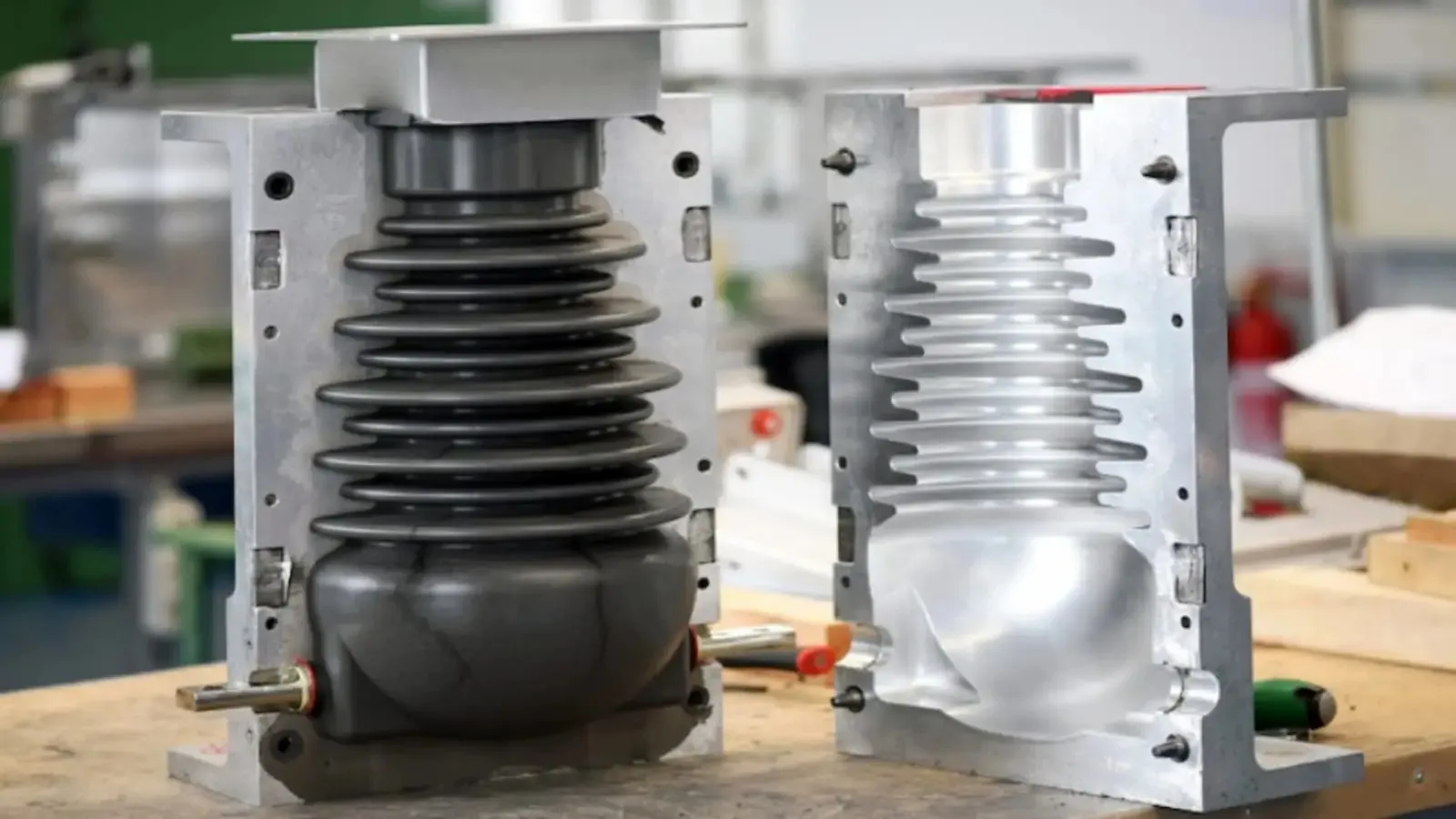 Close-up view of a compression mold cavity showing the intricate details and heating elements
Close-up view of a compression mold cavity showing the intricate details and heating elements
Key Components of Compression Molding Machines
Compression molding machines consist of several essential components that work together to produce high-quality molded parts:
1. Frame Structure
The frame provides the structural foundation for the machine, supporting all other components and withstanding the significant forces generated during the molding process. Modern machines typically use solid steel construction to ensure stability and minimize deflection under load.
2. Hydraulic System
The hydraulic system generates the necessary force to close the mold and maintain pressure during the curing process. This system includes pumps, cylinders, valves, and hydraulic fluid reservoirs, all precisely controlled to deliver the required pressure profile throughout the molding cycle.
3. Mold Assembly
The mold is the heart of the compression molding process, defining the shape and surface finish of the final product. Molds are typically made from hardened tool steel and include heating/cooling channels, ejection systems, and guide pins for precise alignment.
4. Platen System
Platens are large metal plates that hold the mold halves and distribute the clamping force evenly across the mold surface. They are designed to remain parallel under high pressure to ensure consistent part quality.
5. Control System
Modern compression molding machines feature sophisticated computerized control systems that manage all process parameters, including temperature, pressure, time, and stroke position. These systems often include touchscreen interfaces, recipe storage, and data logging capabilities.
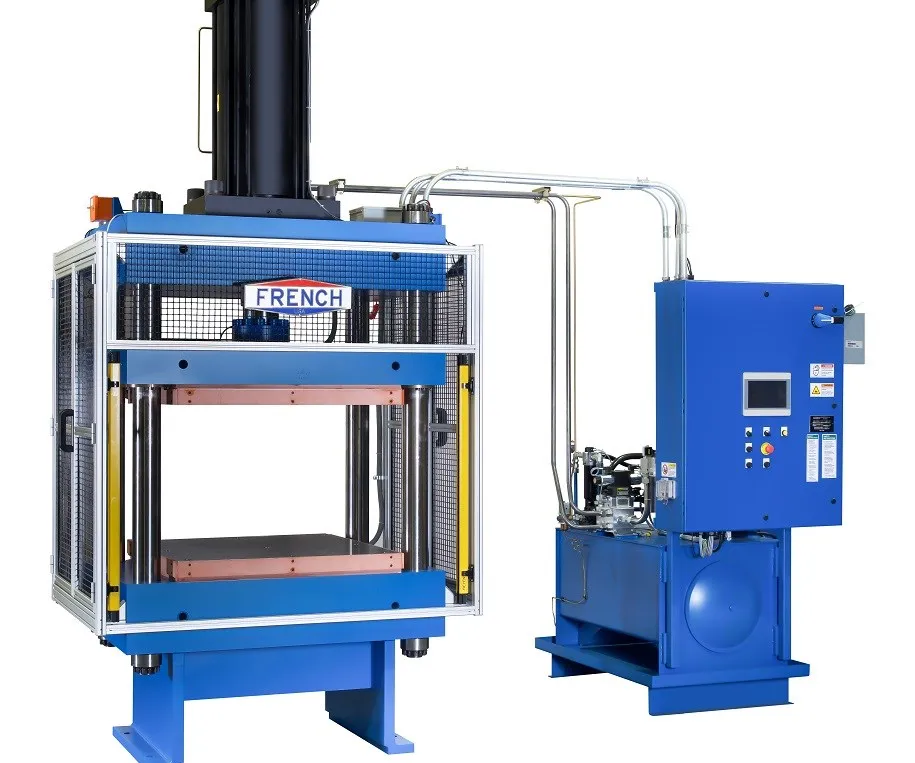 Detailed view of the hydraulic system components in a compression molding machine
Detailed view of the hydraulic system components in a compression molding machine
Types of Compression Molding Machines
Compression molding machines come in various configurations to meet different production requirements:
| Machine Type | Description | Common Applications |
|---|---|---|
| Downstroking Press | The moving platen descends from above onto a stationary lower platen | General purpose molding, sheet molding compound (SMC) |
| Upstroking Press | The moving platen rises from below toward a stationary upper platen | Insert molding, large parts |
| Horizontal Press | Platens move horizontally rather than vertically | Long parts, automated loading/unloading |
| Transfer Molding Press | Includes a separate pot for material before transfer to mold cavity | Encapsulation of electronic components |
| Multi-Daylight Press | Features multiple mold stations between platens | High-volume production |
Materials Used in Compression Molding
Compression molding is compatible with a wide range of materials, each offering unique properties and advantages:
Thermosetting Plastics
These materials undergo irreversible chemical changes during curing, making them ideal for high-temperature applications:
- Phenolics (Bakelite)
- Epoxies
- Polyester (BMC and SMC)
- Diallyl Phthalate (DAP)
- Silicone rubber
Thermoplastics
While less common in compression molding, some thermoplastics can be processed using this method:
- Ultra-high molecular weight polyethylene (UHMWPE)
- Polypropylene
- ABS
Advanced Composites
Compression molding is increasingly used for advanced composite materials:
- Carbon fiber reinforced polymers (CFRP)
- Glass fiber reinforced polymers (GFRP)
- Natural fiber composites
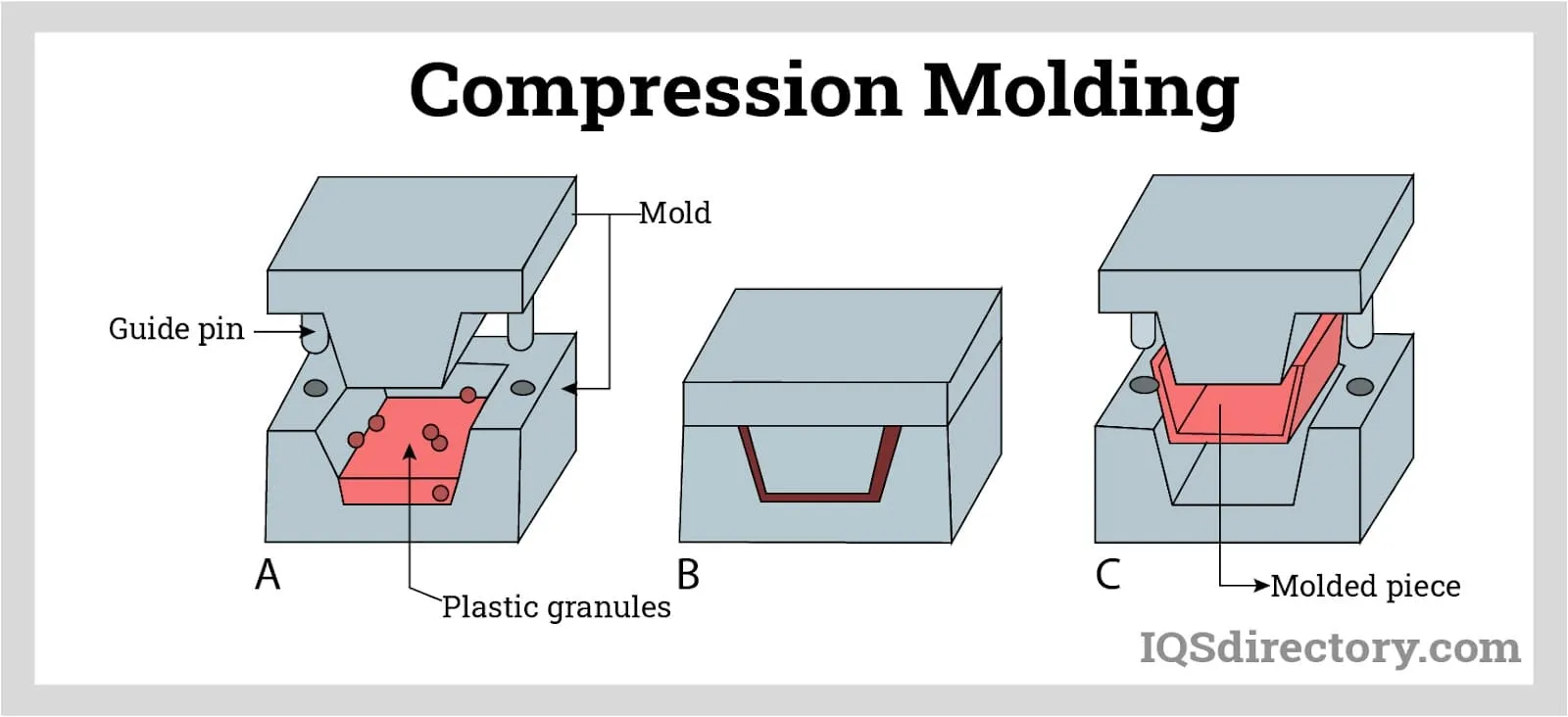 Selection of materials commonly used in compression molding including pellets, sheets, and preforms
Selection of materials commonly used in compression molding including pellets, sheets, and preforms
Advantages of Compression Molding
Compression molding offers several significant benefits compared to other manufacturing processes:
| Advantage | Description |
|---|---|
| Cost-Effectiveness | Lower tooling costs compared to injection molding, especially for large parts |
| Material Efficiency | Minimal material waste as excess can often be reused |
| Excellent Mechanical Properties | Produces parts with high strength and minimal internal stresses |
| Large Part Capability | Can produce very large parts that would be difficult with other methods |
| Surface Finish | Capable of producing Class A surface finishes without flow lines |
| Reinforcement Orientation | Maintains fiber orientation in composite materials for optimal strength |
Applications of Compression Molding Machines
Compression molding finds applications across numerous industries due to its versatility and capability to produce high-quality parts:
Automotive Industry
The automotive sector is one of the largest users of compression molding technology. Applications include:
- Body panels and exterior components
- Electrical components and connectors
- Under-hood components
- Interior trim pieces
Aerospace Industry
Compression molding is used to produce lightweight, high-strength components for aircraft and spacecraft:
- Interior panels and components
- Radomes and antenna covers
- Structural composite parts
Electrical and Electronics
The electrical industry relies on compression molding for various components:
- Circuit breakers and switchgear
- Insulators and electrical housings
- Semiconductor encapsulation
Consumer Products
Many everyday items are produced using compression molding:
- Appliance housings and components
- Tableware and kitchen utensils
- Buttons and knobs
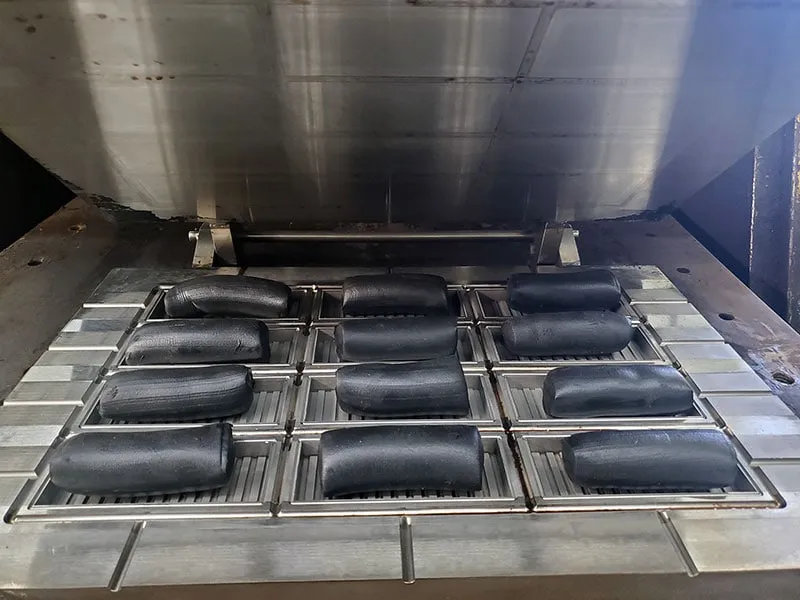 Various automotive components manufactured using compression molding technology
Various automotive components manufactured using compression molding technology
Maintenance and Safety Considerations
Proper maintenance and safety protocols are essential for the efficient and safe operation of compression molding machines:
Routine Maintenance Tasks
- Regular inspection of hydraulic systems for leaks and proper fluid levels
- Lubrication of moving parts according to manufacturer specifications
- Checking and calibration of temperature and pressure sensors
- Inspection of molds for wear, damage, or corrosion
- Verification of safety systems and emergency stops
Safety Considerations
- Implementation of proper guarding around moving platens and pinch points
- Use of personal protective equipment (PPE) including heat-resistant gloves
- Proper lockout/tagout procedures during maintenance
- Adequate ventilation for fume removal when processing certain materials
- Training programs for operators on safe machine operation
Future Trends in Compression Molding Technology
The compression molding industry continues to evolve with advancements in technology and materials:
Automation and Industry 4.0 Integration
Modern compression molding machines are increasingly incorporating automation features such as robotic part removal, automated material loading, and integration with factory networks for real-time monitoring and data analysis.
Advanced Material Development
New material formulations, including bio-based composites and nanomaterials, are expanding the applications and capabilities of compression molding.
Energy Efficiency
Manufacturers are developing more energy-efficient machines with features such as regenerative hydraulic systems, improved insulation, and smart heating technologies.
Hybrid Processes
Combining compression molding with other processes like injection molding or 3D printing is creating new possibilities for complex part manufacturing.
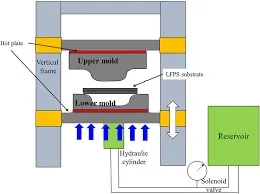 Conceptual image of an advanced, automated compression molding system with Industry 4.0 features
Conceptual image of an advanced, automated compression molding system with Industry 4.0 features
Compression molding machines remain a vital technology in manufacturing, offering unique capabilities for producing high-quality, durable parts across numerous industries. As technology advances, these machines continue to evolve, offering greater precision, efficiency, and versatility to meet the changing demands of modern manufacturing.
Compression molding machines utilize heat and pressure to transform materials into precise components across industries. This guide explores machine operation, components, material options, applications, and maintenance requirements for optimal performance in manufacturing environments.
